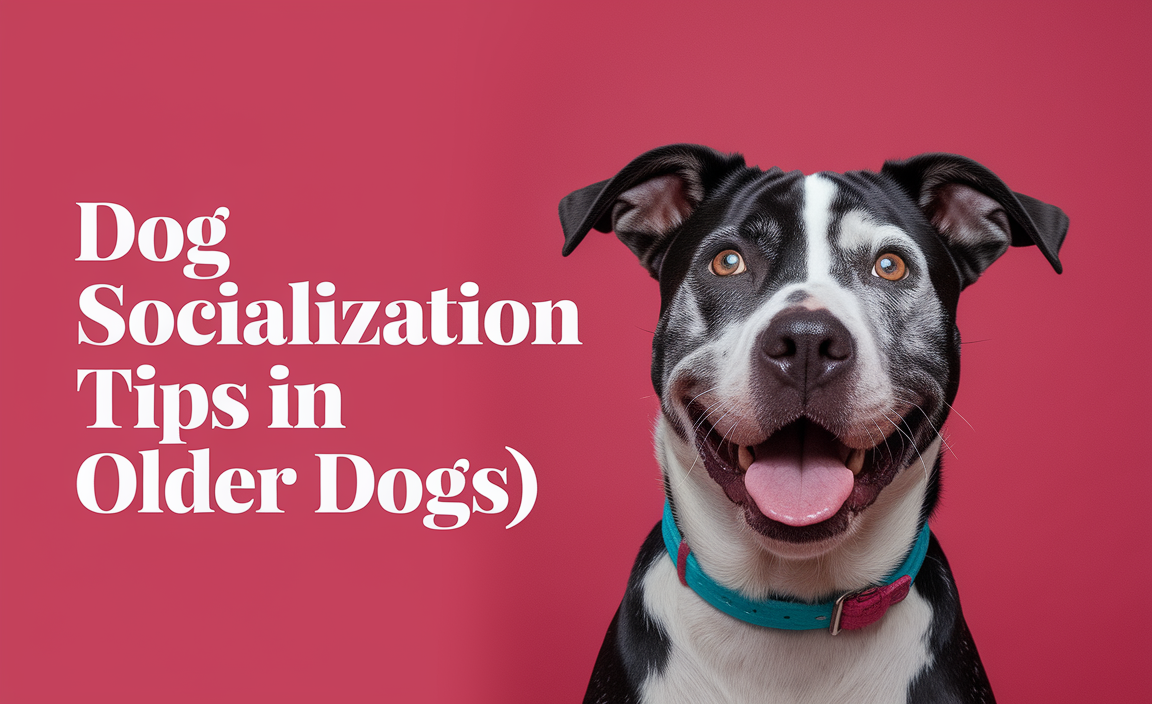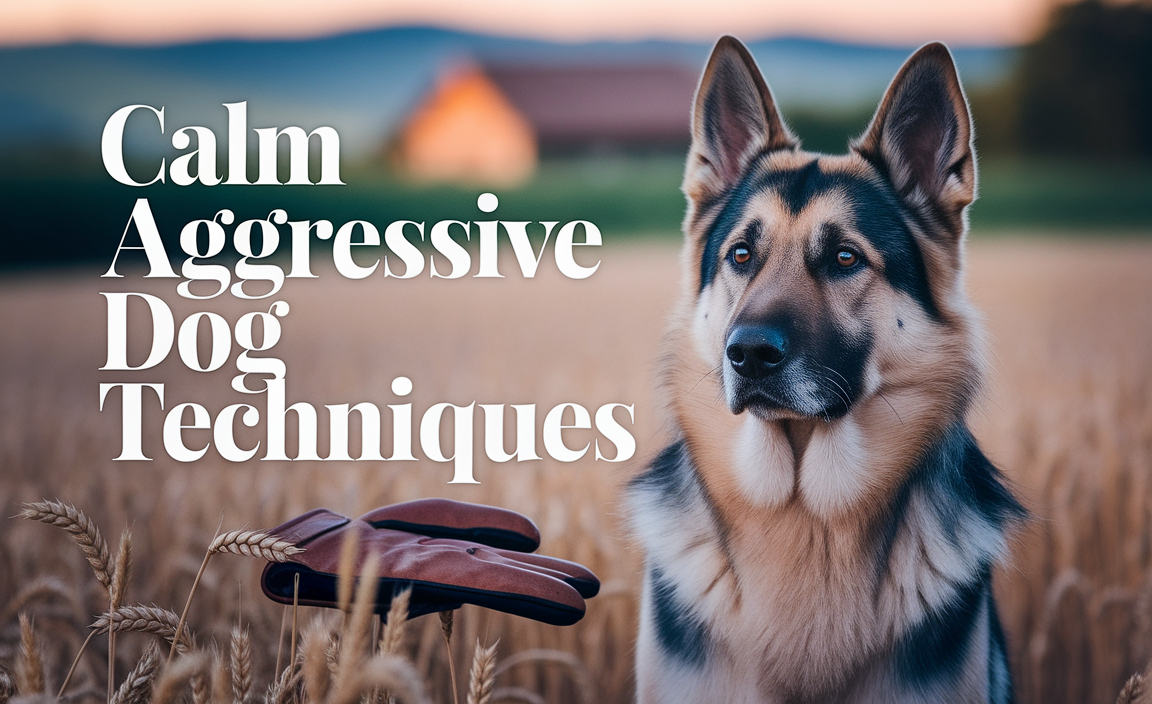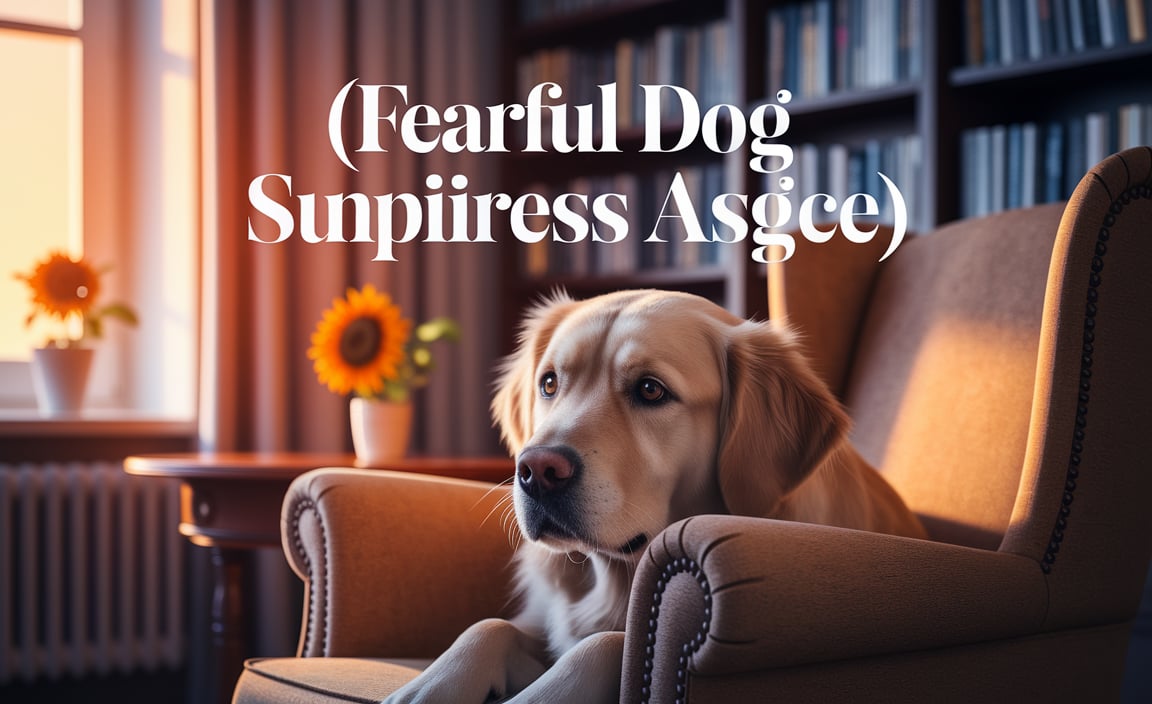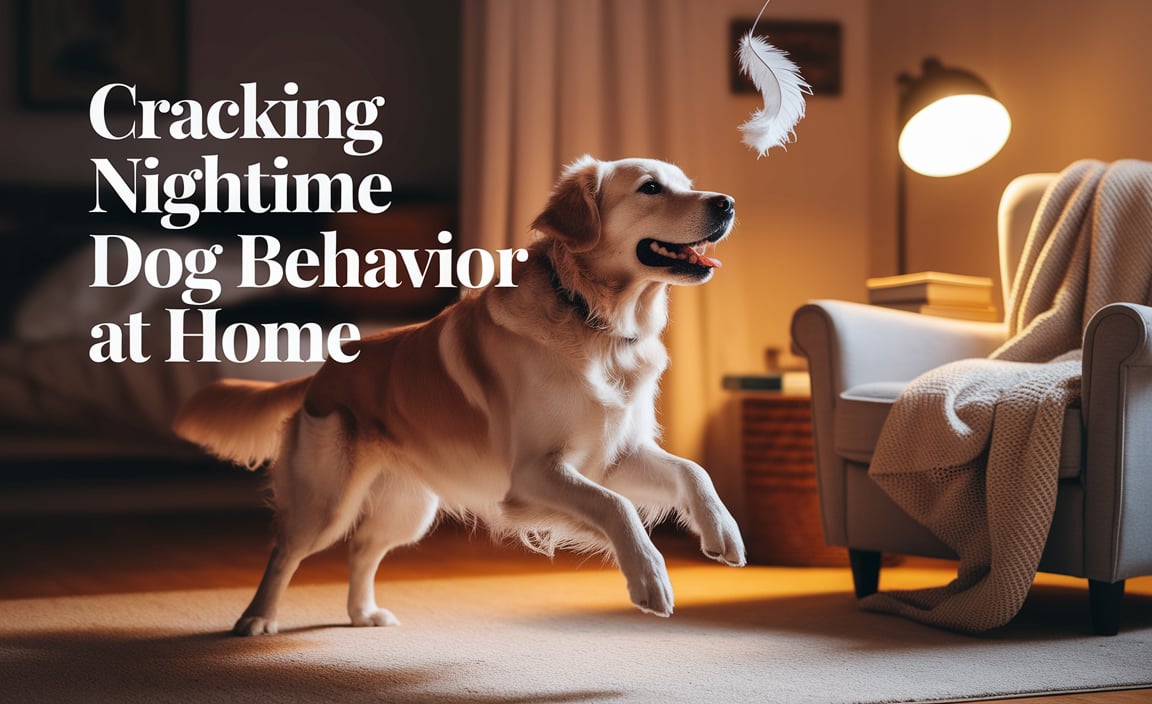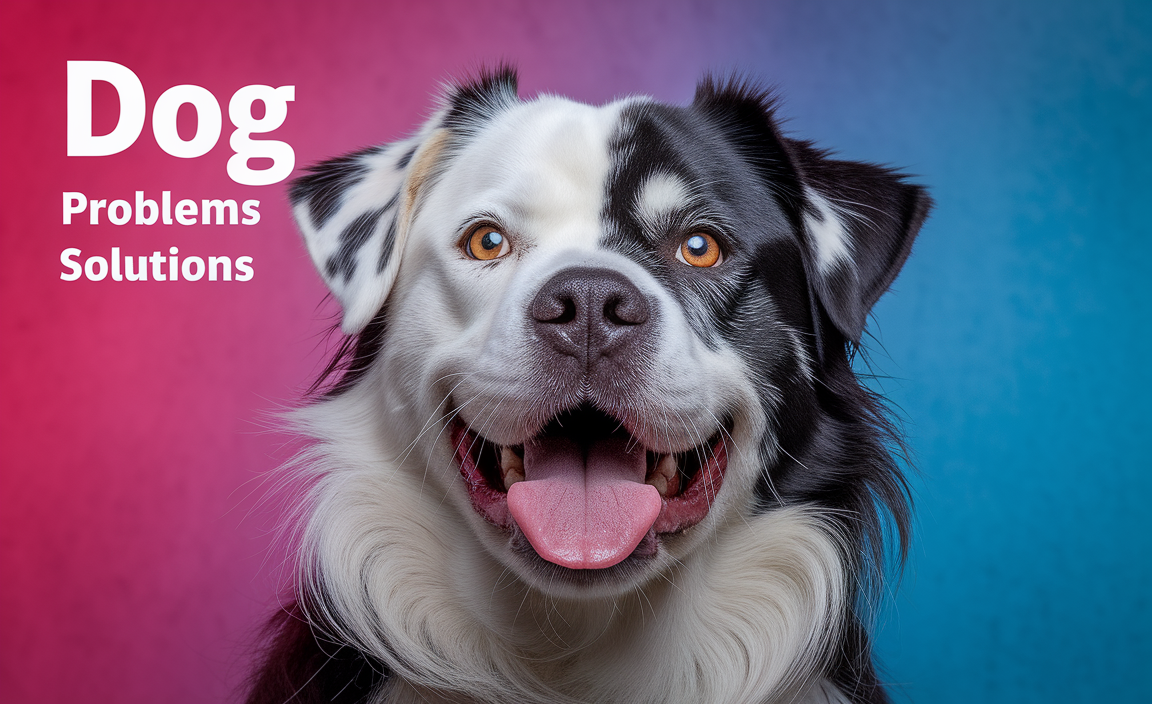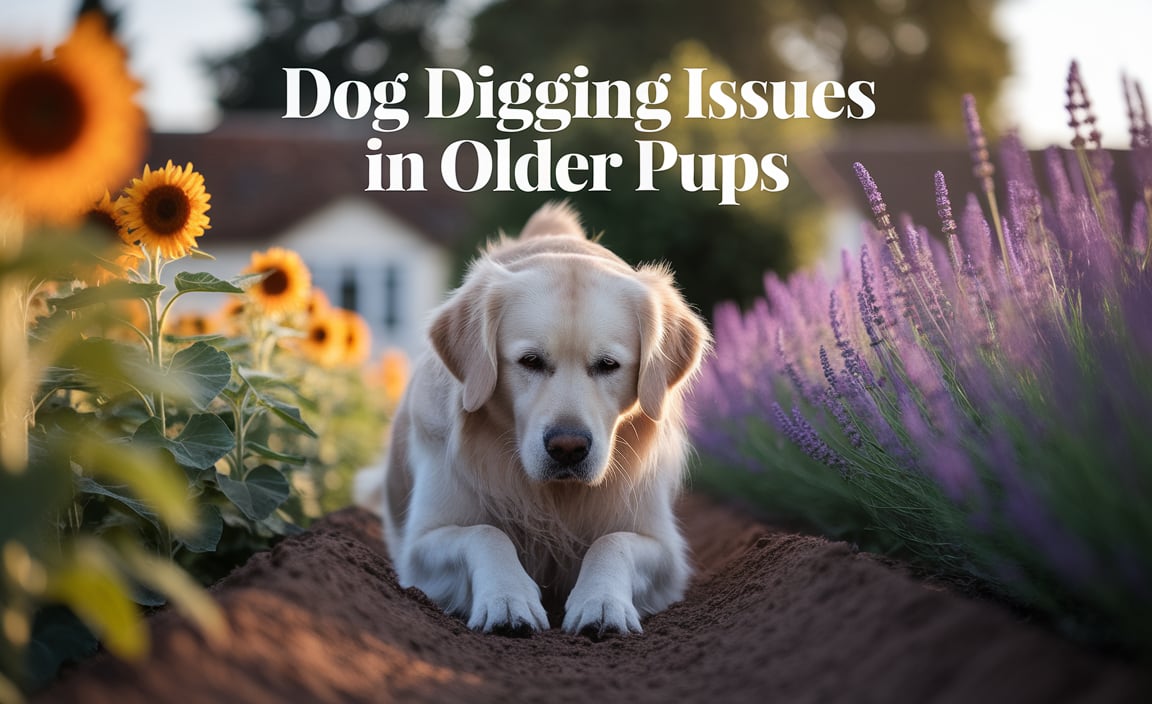Top Tips for Socializing Older Dogs Effectively
Have you ever wondered if older dogs can learn new tricks? Many people think it’s hard to socialize older dogs, but it’s possible and fun! Socializing helps them feel happy and safe. It can even make them healthier. Do you want to know some dog socialization tips for older dogs? You’re in the right place! … Read more

